The first time I witnessed a truly synergistic team in Zombicide was during what we thought would be a quick game night at Mark’s place back in 2013. Three hours in, we were still alive—thriving, actually—in a scenario that had crushed us twice before. The difference? Instead of everyone picking their favorite character, we’d deliberately constructed a team where each survivor’s abilities enhanced the others. Josh’s Wanda was slicing through zombies with her extra action while Amy’s Doug was finding exactly the equipment we needed and my Phil was keeping everyone supplied with precise sniper support from the watchtower.
That night fundamentally changed how I approach Zombicide. After 100+ games spanning every edition from the original through Black Plague, Invader, 2nd Edition, and all points between, I’ve become slightly obsessed with survivor synergies. The right combination of abilities doesn’t just add value—it multiplies it in ways that can transform seemingly impossible scenarios into manageable challenges.
Now, let me be clear: I’m not talking about just picking objectively strong characters. Any experienced player knows that Josh the Thief or Ann the Sniper are solid choices in isolation. What I’m interested in is how certain ability combinations create emergent strategies that are far more powerful than individual character strengths would suggest.
I’ve organized my approach to team building around what I call “functional cores”—small groups of 2-3 survivors whose abilities create closed loops of efficiency. These cores handle specific game functions (searching, killing, movement) with maximum effectiveness, leaving the remaining team members free to address scenario-specific challenges.
Let’s break down some of the most powerful synergy cores I’ve discovered, with concrete examples:
The Arsenal Engine (Modern Zombicide): This three-person core revolves around weapons acquisition and distribution. Start with Wanda (extra action), add Doug (better search odds), and finish with Phil (marksman). Wanda takes extra search actions, Doug improves the quality of those searches, and Phil makes optimal use of whatever weapons you find. In practice, this creates an equipment pipeline that consistently outputs more firepower than the sum of its parts.
Last month, we tackled that notorious mall scenario from the base game—you know, the one where you need to clear all zombies from an enclosed space with limited entry points. This core team managed to arm everyone with optimal weapons by turn four, something we’d never accomplished previously. Doug found two Sawed-Offs in consecutive searches (thanks to his “Lucky” ability), which Wanda immediately put to use clearing corridors with her extra action, while Phil positioned himself near an exit to handle any incoming zombie waves with his range bonuses.
The Medieval Meat Grinder (Black Plague): Nelly + Baldric + Samson creates what my group calls “the moving kill zone.” Nelly’s free move ability paired with Baldric’s extra combat action and Samson’s strength bonus creates a roaming death squad that can respond to threats anywhere on the board. The key insight is that Nelly’s movement advantage compensates for Samson’s relative slowness, while Baldric provides the action economy to capitalize on good positioning.
The first time we deployed this trio, we completed “The Sewers” scenario with zero casualties—a mission that had previously been our group’s nemesis. Nelly would scout ahead, Baldric would clear the immediate threats, and Samson would handle any Fatty that appeared. The mobility/action/power spread meant we always had the right tool for each situation.
Linda (my terrifyingly efficient wife) actually refined this core by substituting Ann for Baldric when ranged combat is more important than melee. The Ann/Nelly/Samson trio trades some immediate killing power for better threat management at a distance, which proves invaluable in more open maps.
The Information Network (Modern Zombicide): This is a more subtle synergy, but potentially the most powerful in the right scenario. Amy + Doug + Nick creates an information and resource sharing network that dramatically enhances team coordination. Amy’s “Medic” ability keeps everyone alive longer, Doug finds equipment faster, and Nick distributes those finds to whoever needs them most with his “Scavenger” ability.
The brilliance of this combination is that it compensates for bad luck—the silent killer in most Zombicide games. Two weeks ago, we played that prison break scenario where you start with no equipment. This trio managed to arm our entire team by the third activation despite abysmal initial search results, simply because every successful find could immediately be optimized across the team.
For any newer players reading this: don’t underestimate low-drama support synergies like this. Killing zombies feels good, but consistent equipment flow wins scenarios.
The SciFi Fortress (Invader): Magnus + Jennifer + Kim creates what I consider the ultimate defensive core for Invader’s enclosed environments. Magnus establishes and holds chokepoints with his tanking abilities, Jennifer maximizes limited search opportunities with her extra die, and Kim’s engineer skills ensure doors stay shut until you’re ready to open them.
On that mining colony mission with limited oxygen, this trio carried our team to victory by controlling exactly which sections of the map were accessible at any given time. Magnus would hold a corridor against overwhelming numbers, Jennifer would quickly loot each new room we opened, and Kim would seal off areas we’d cleared, creating a steadily expanding safe zone.
What fascinates me about these synergy cores is that they’re often not obvious from just reading character sheets. You have to understand the game’s underlying systems and how different abilities interact with them. Some of the most powerful combinations aren’t about direct zombie killing at all—they’re about manipulating the game’s economy of actions, movement, and resources.
Take the seemingly unimpressive combination of Josh + Amy in the base game. Individually, they’re good but not amazing. Together, though, they form what I call “The Supply Chain.” Josh searches with his free action while moving toward objectives, and Amy ensures that any medical equipment he finds is maximally efficient. This pairing consistently produces more usable items per round than any other two-character combination.
Temperature and comfort actually impact team performance too—I’m not joking. During our summer Zombicide marathon last year (yes, we played for 12 hours straight—judge me all you want), I noticed our decision quality regarding character coordination deteriorated as the room got warmer and everyone got tired. We started making selfish activation choices rather than thinking about ability synergies. Since then, I’ve made a point of explicitly discussing team activation order before each round, especially in longer sessions.
My son Josh (not to be confused with the character) has developed what he calls the “ability wheel” approach to team construction. Rather than thinking in terms of individual characters, he visualizes survivor abilities as connecting points on a wheel. The goal is to create a complete circuit where every major game system (movement, combat, searching, etc.) has at least one specialist, and each specialist has at least one complementary ability from another character.
The most counterintuitive synergy I’ve discovered involves deliberately pairing a very loud character with a stealth-oriented one. In our group’s internal statistics (yes, I track these things), Wanda + Josh has proven remarkably effective despite seeming at odds philosophically. Wanda makes noise and draws zombies, while Josh quietly accomplishes objectives. The key insight is that with proper coordination, Wanda can function as both a damage dealer AND a deliberate distraction, creating safe working space for Josh’s objective running.
The expansion characters offer even more intricate synergy possibilities. When The Angry Neighbors introduced Julien with his “Slippery” ability, we initially underestimated him. Then Derek paired him with Phil and Ned to create what he called “The Assassination Squad”—a team that could rapidly target and eliminate Abominations by using Julien to engage safely, Phil to deal precise damage from range, and Ned to clean up with his extra melee attack.
In Black Plague, the Wolfsburg expansion introduced my all-time favorite synergy pair: Morrigan + Xuxa. Morrigan’s ability to vault over zombies paired with Xuxa’s free ranged attack creates a hit-and-run team that can extract value from even the most zombie-crowded locations. My ongoing joke is that they’re so effective together, it feels like cheating—I actually have to force myself to try other character combinations just to keep things interesting.
One factor many players overlook in team construction is cognitive load management. Some character combinations may be theoretically powerful but require such precise coordination that they fall apart in practice. I learned this lesson the hard way during a convention game where I tried to orchestrate an extremely complex sequence of ability interactions. On paper, it was unbeatable. In practice, with four exhausted players at 11pm, we couldn’t execute it properly and got everyone killed.
Since then, I’ve come to value what I call “low-maintenance synergies”—combinations that create value even when played imperfectly. The Ann + Josh duo exemplifies this philosophy. Their abilities naturally complement each other without requiring explicit coordination. Ann handles distant threats while Josh manages objectives, creating natural spacing that benefits both without needing constant communication.
For newer players looking to explore team synergies, I recommend starting with the classic “Tank and Spank” pairing of any durable character (like Ned or Magnus) with any high-damage dealer (like Wanda or Ann). This creates an intuitive synergy that’s easy to execute—the tank absorbs zombie attention while the damage dealer eliminates threats. It’s Zombicide Teamwork 101, but it remains effective even in the most challenging scenarios.
The most powerful team composition I’ve ever played was actually in Zombicide: Invader, with what my group dubbed “The Untouchable Squad”: Magnus + Kim + Jennifer + Vivian. Magnus controlled space, Kim sealed off routes, Jennifer found equipment, and Vivian’s remote ability let us handle threats without direct engagement. We completed the entire Dark Side campaign without a single character death—the only time we’ve ever managed that feat.
Ultimately, the joy of Zombicide lies in discovering these synergies for yourself. Each game group develops its own meta, its own preferred combinations based on play style and risk tolerance. My approach tends toward efficiency and control, but I’ve played with groups that thrive on high-risk, high-reward character combinations that would give me anxiety hives.
Whatever your preference, I’d encourage you to move beyond simply picking strong individual characters and start thinking about how abilities interact to create emergent strategies. The survivors who seem relatively weak in isolation often prove essential when paired with the right teammates.
After all, surviving a zombie apocalypse isn’t about individual heroics—it’s about finding the right people to stand beside you when the horde arrives. Sometimes that’s the obvious badass with the chainsaw, but often it’s the unassuming guy who happens to be really good at finding extra ammunition exactly when you need it.

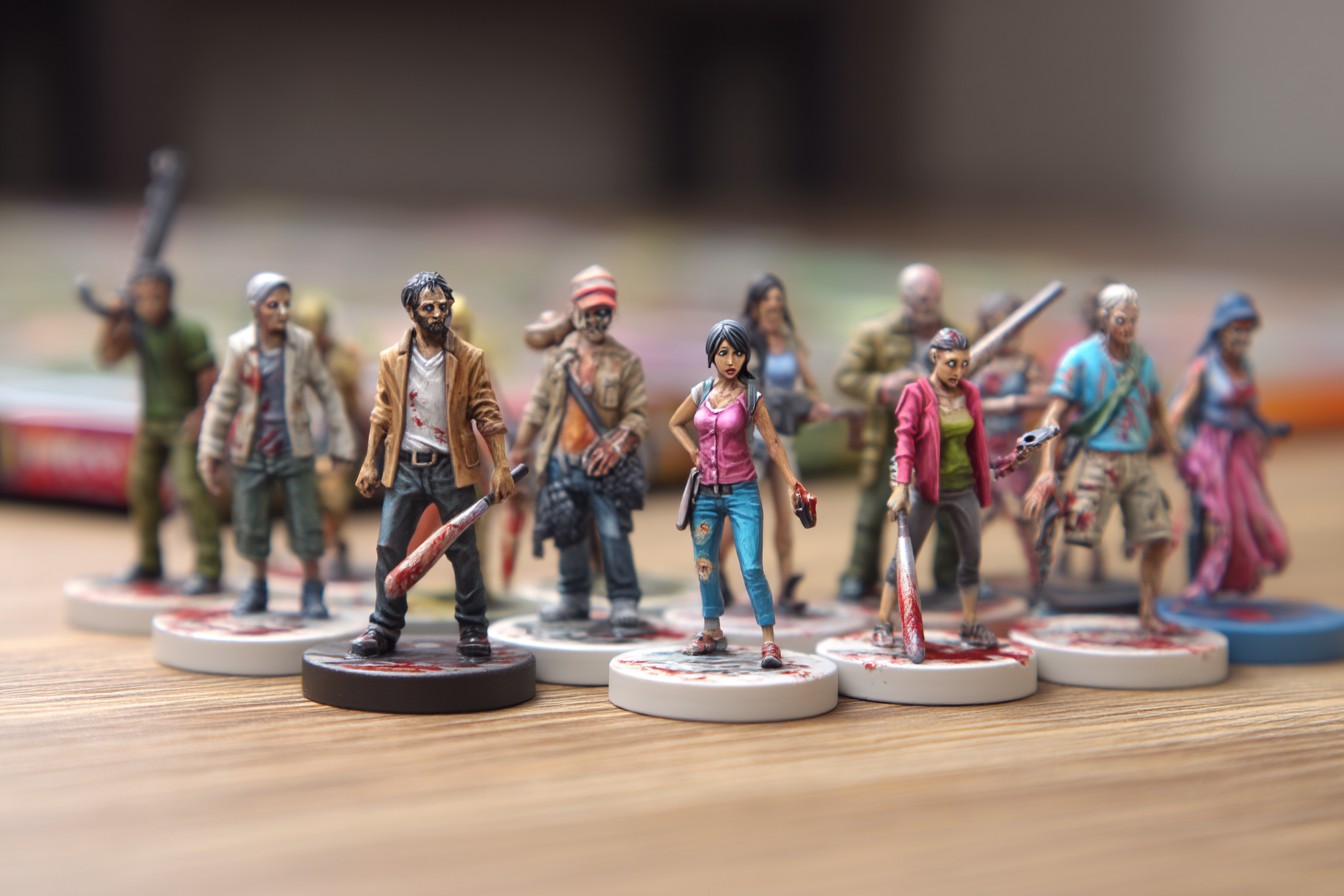
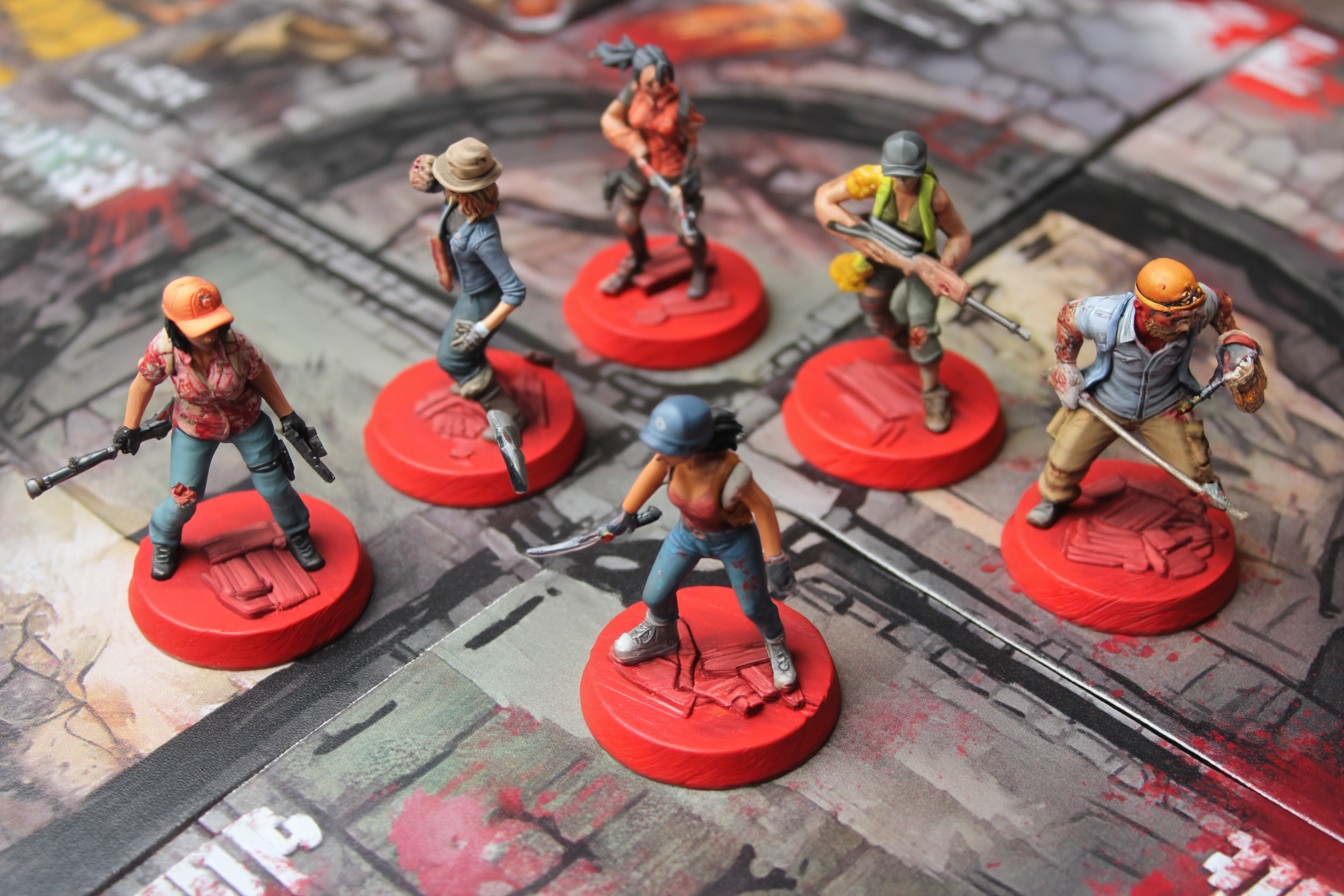
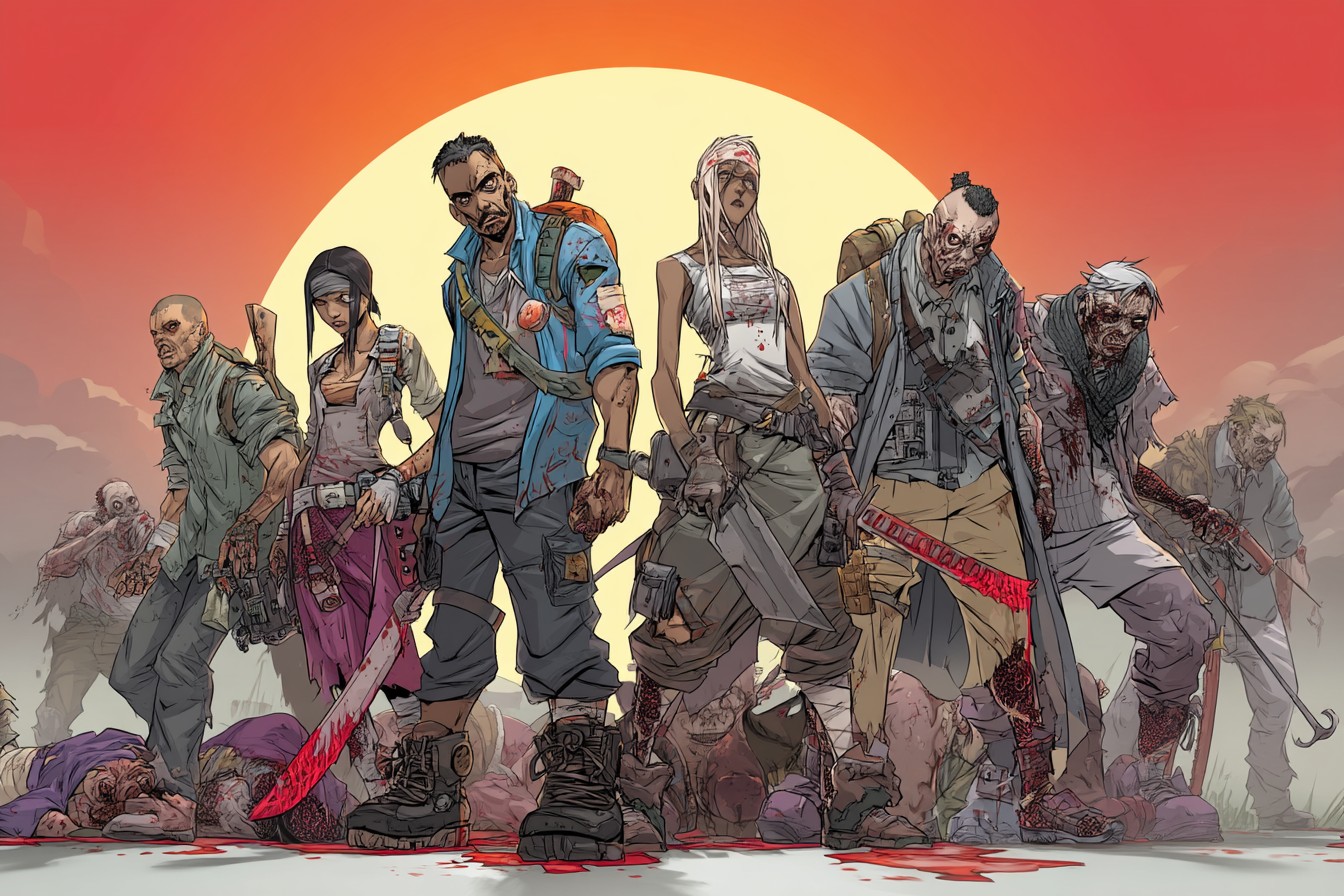
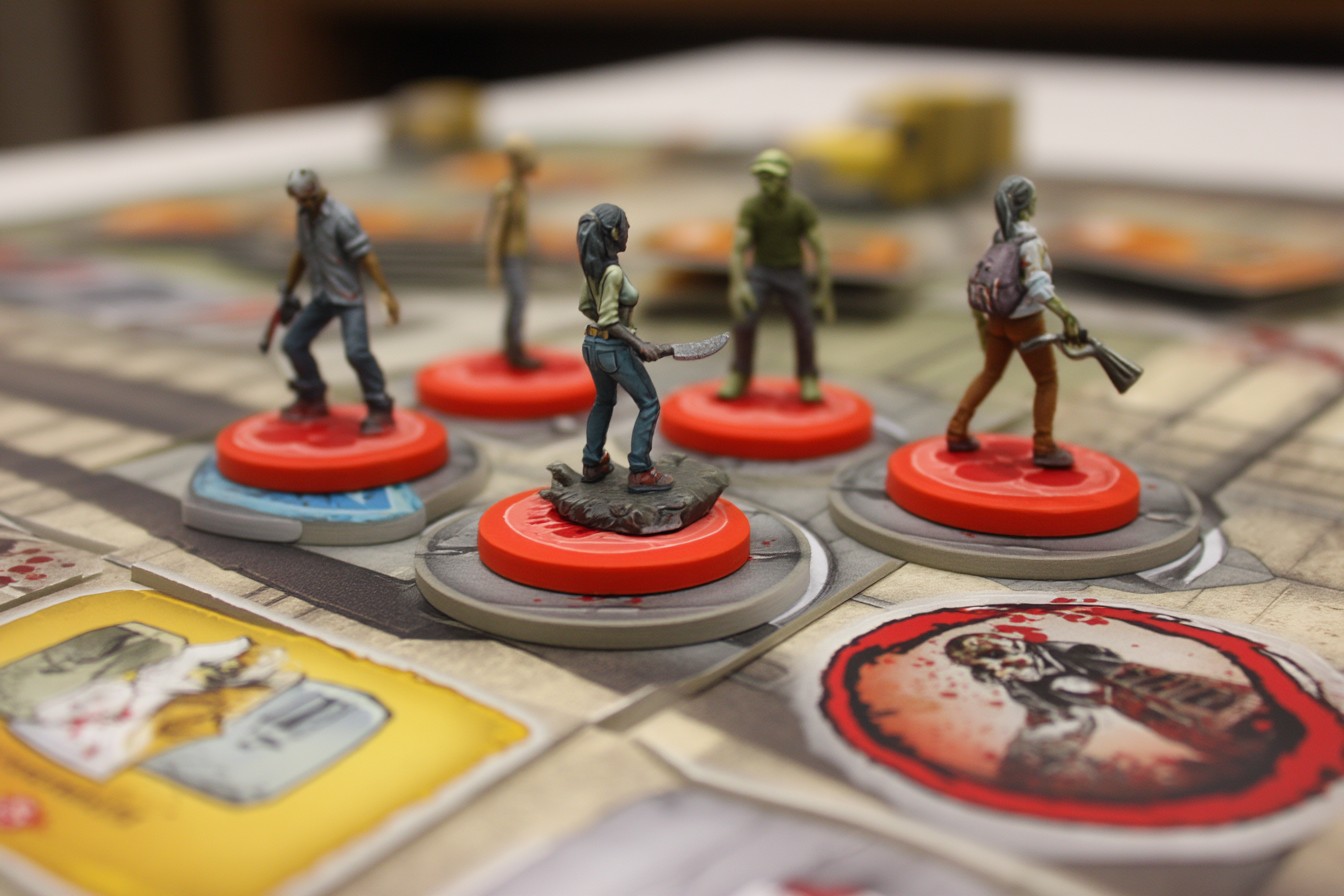
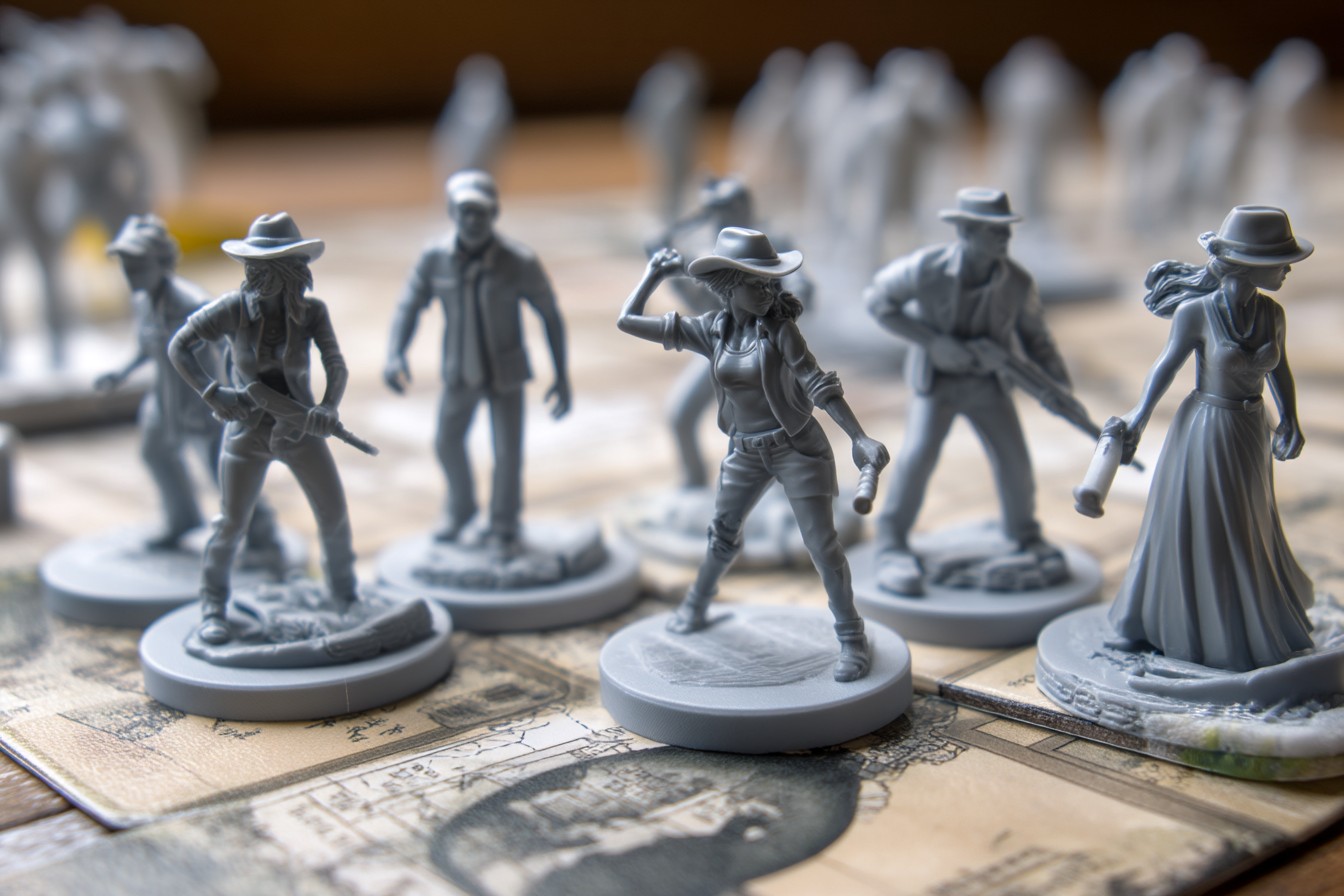
Leave a Reply